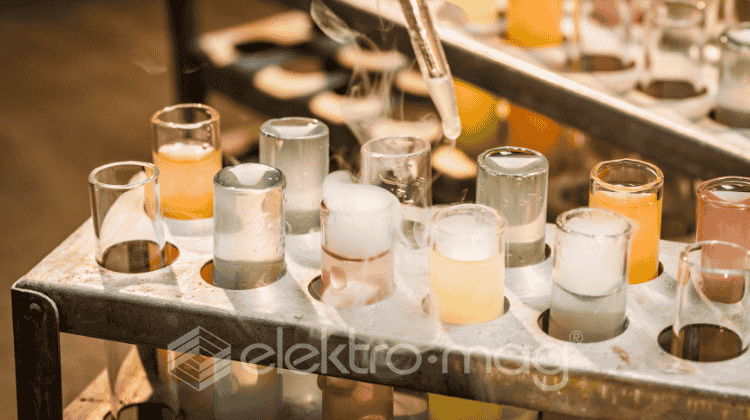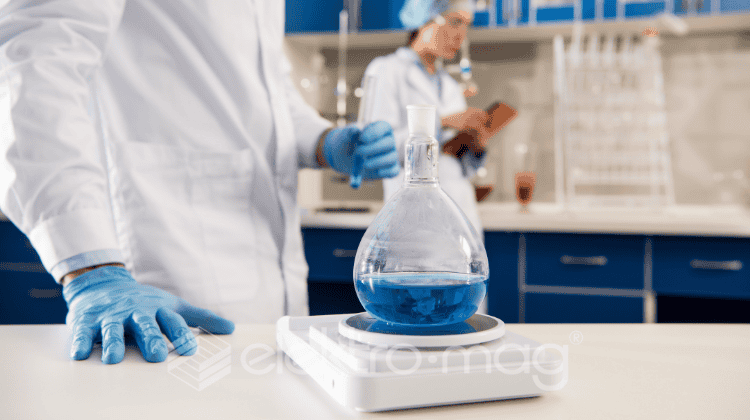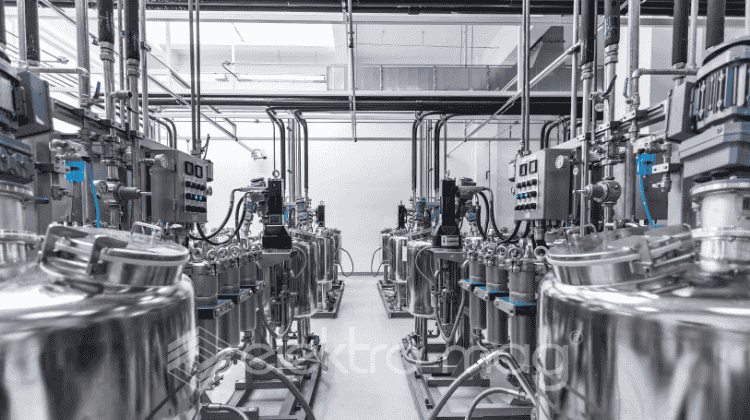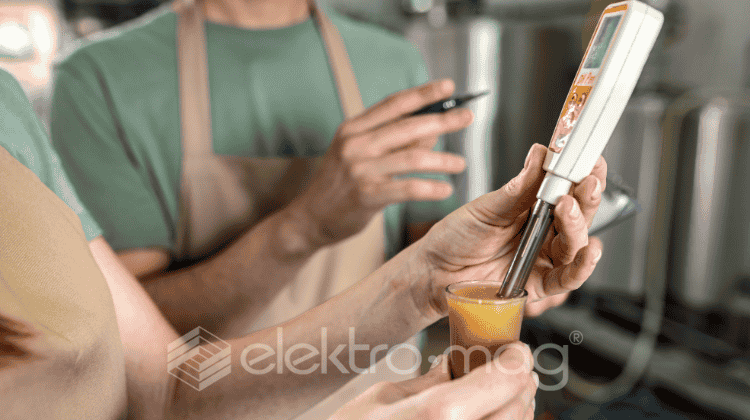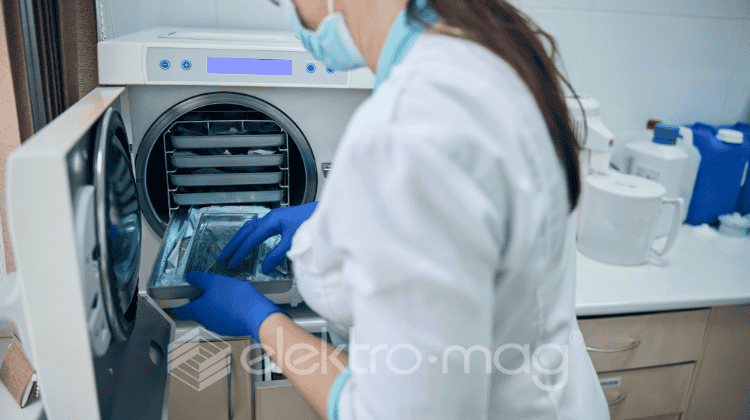
A laboratory water bath is an essential piece of equipment used for heating samples under controlled conditions in scientific labs. These baths provide a stable environment, ideal for processes that require consistent temperatures, such as heating cell cultures or volatile chemicals that can’t be exposed to open flames.
Water baths come equipped with a heating unit, a stainless steel chamber for water and samples, and a control interface. Different types, including circulating, shaking, and ultrasonic water baths, cater to various laboratory needs by maintaining precise temperatures for delicate samples or promoting uniform temperature distribution through movement.
Types of Laboratory Water Baths
- Standard Water Bath: The most basic type, ideal for general applications requiring steady temperature.
- Circulating Water Bath: Ensures an even temperature throughout the bath by circulating water, useful for experiments that demand uniform heating.
- Shaking Water Bath: Keeps samples in constant motion, essential for experiments where continuous agitation is required.
- Ultrasonic Water Bath: Uses high-frequency sound waves for effective cleaning, popular in labs for cleaning instruments and glassware.
- Boiling Water Bath: Maintains high temperatures, used in processes needing sustained, intense heat.
Key Applications of Laboratory Water Baths
Laboratory water baths support various applications, from sample incubation to temperature-sensitive chemical reactions. They are widely used in:
- Biological Research: Incubating cell cultures or tissues at body temperature.
- Chemical Research: Heating flammable chemicals that could combust when exposed to direct flames.
- Pharmaceutical Testing: Ensuring samples reach specific temperatures for quality testing.
Safety Precautions for Laboratory Water Baths
To maximize safety and efficiency, observe these guidelines when using laboratory water baths:
- Monitor Water Levels: Use distilled water to prevent mineral deposits on heating elements and refill regularly.
- Avoid Flammable Reactions: Keep pyrophoric reactions away from water baths and avoid heating above the fluid’s flash point.
- Regular Cleaning: Raise the temperature to around 90°C weekly to disinfect the bath and reduce microbial growth.
- Proper Ventilation: For reactions emitting fumes, operate the water bath in a fume hood or well-ventilated area.
- Prevent Overheating: Ensure the bath is set on a steady, non-flammable surface, and use water-resistant markers to label samples.
Choosing the Right Water Bath for Your Lab
Selecting the right water bath depends on the application requirements. For general heating, a standard water bath suffices, but experiments needing precise temperature control or agitation may require specialized baths like circulating or shaking baths. Boiling baths, on the other hand, are optimal for high-temperature needs.
Consider the materials—glass or plastic—when selecting a water bath, as they impact durability and chemical resistance. For instance, polypropylene offers excellent chemical resistance and is autoclave-compatible, ideal for repeated sterilization.
Frequently Asked Questions
How do you clean a laboratory water bath?
To clean a water bath, raise the temperature to 90°C for 30 minutes weekly, use distilled water to avoid scaling, and add disinfectants if necessary.
What are laboratory water baths used for?
Laboratory water baths are used for maintaining sample temperature, incubating cell lines, and heating flammable chemicals in scientific research.
Can water baths handle flammable chemicals?
Yes, but only when handled properly. Avoid open flames and ensure the bath has a cover to prevent evaporation and fumes.


